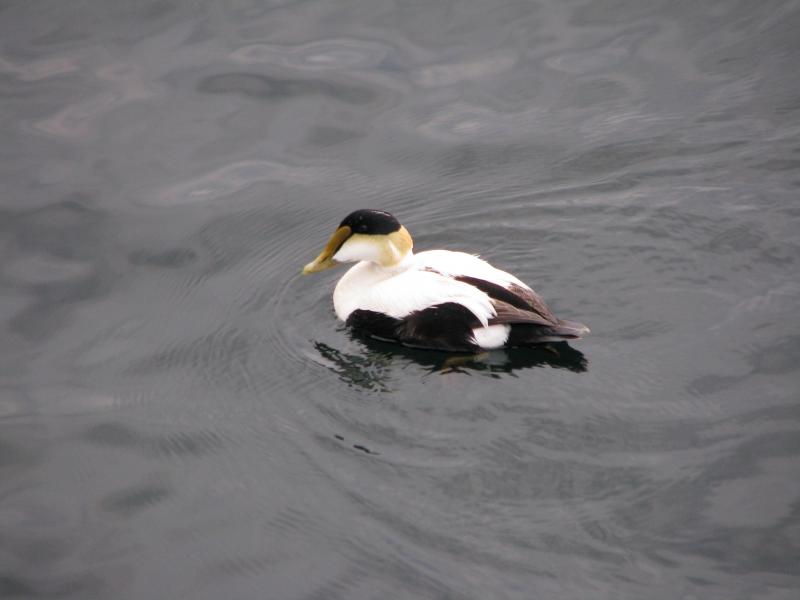As we begin the year 2019, we have decided to do something that may become a tradition for us as it is for many writers and organizations: share the list of our own picks for the top 5 bird stories of the year 2018. Ready? Here we go!
- Celebration of The Year of the Bird in Remembrance of the 100th Anniversary of the Migratory Bird Treaty Act. We have written a number of times in these pages about this grand achievement in bird conservation. We’ve shared stories about this elsewhere as well throughout the last year. We will add to this particular story the fact that two of the most endangered birds in the world, the California condor and the whooping crane (both species that had dwindled to a handful of individuals) reached new milestones in breeding success in 2018. This year saw a new high in numbers of wild whooping cranes and successful wild nesting of California condors in several historical nesting areas in California. Here in Maine, National Audubon’s Seabird Restoration program documented the first nesting of common murre in the state since 1883!
- Amazing Wanderers There is no doubt that the story of the great black hawk from Central America that has seemingly taken up residence in Deering Oaks Park in Portland has achieved more media attention in Maine (perhaps nationally as well) than just about any other bird story of at least the last few months. And, after what has now been four attempts, we still haven’t seen the bird (perhaps five times a charm?)! But we can’t overlook the big, pink wanderer—the roseate spoonbill—from the southeastern U.S. that also gave Maine a first record and delighted many birders earlier in the year.
- World’s Largest Warbler Migration In May, birders on the north shore of Quebec’s Gulf of St. Lawrence near Tadoussac counted more than 700,000 warblers pass by in one day—by far the largest migratory concentration of these colorful birds ever documented! Unusual weather conditions concentrated the birds, and astute observers, in the right place who recognized they were witnessing a rare phenomenon, carefully counted the passing birds.
- Birds and the Insect Apocalypse Results of a number of studies of declines in insect abundance were published and written about in 2018, raising alarm bells for what such declines may signal about changes in the health of ecosystems and what that eventually may mean for other animals including birds and, of course, us humans. We wrote about this and declines here in Maine of insect eating birds but pointed out that efforts of groups like the Boothbay Region Land Trust and other land trusts to protect and restore natural habitat are critical to addressing the problem.
- Predicting the Future to Help Save Birds New research released in a 2018 report “Conserving North America’s Bird Nursery in the Face of Climate Change” summarized predictions of how birds will respond to climate change in the Boreal Forest region of Canada and Alaska to make recommendations on how best to protect habitat for them now. Indigenous governments and communities are already leading the way in protecting vast swaths of bird habitat across Canada. We wrote in 2018 about one Indigenous leader from this region that visited a National Audubon workshop at Maine’s own Hog Island in June.
That’s our Top Five Bird Stories of 2018. We look forward to discovering what bird surprises await us in 2019! Happy New Year!
Jeffrey V. Wells, Ph.D., is a Fellow of the Cornell Lab of Ornithology. Dr. Wells is one of the nation's leading bird experts and conservation biologists and author of the “Birder’s Conservation Handbook.” His grandfather, the late John Chase, was a columnist for the Boothbay Register for many years. Allison Childs Wells, formerly of the Cornell Lab of Ornithology, is a senior director at the Natural Resources Council of Maine, a nonprofit membership organization working statewide to protect the nature of Maine. Both are widely published natural history writers and are the authors of the popular book, “Maine’s Favorite Birds” (Tilbury House) and the newly released “Birds of Aruba, Bonaire, and Curaçao” from Cornell University Press.
































